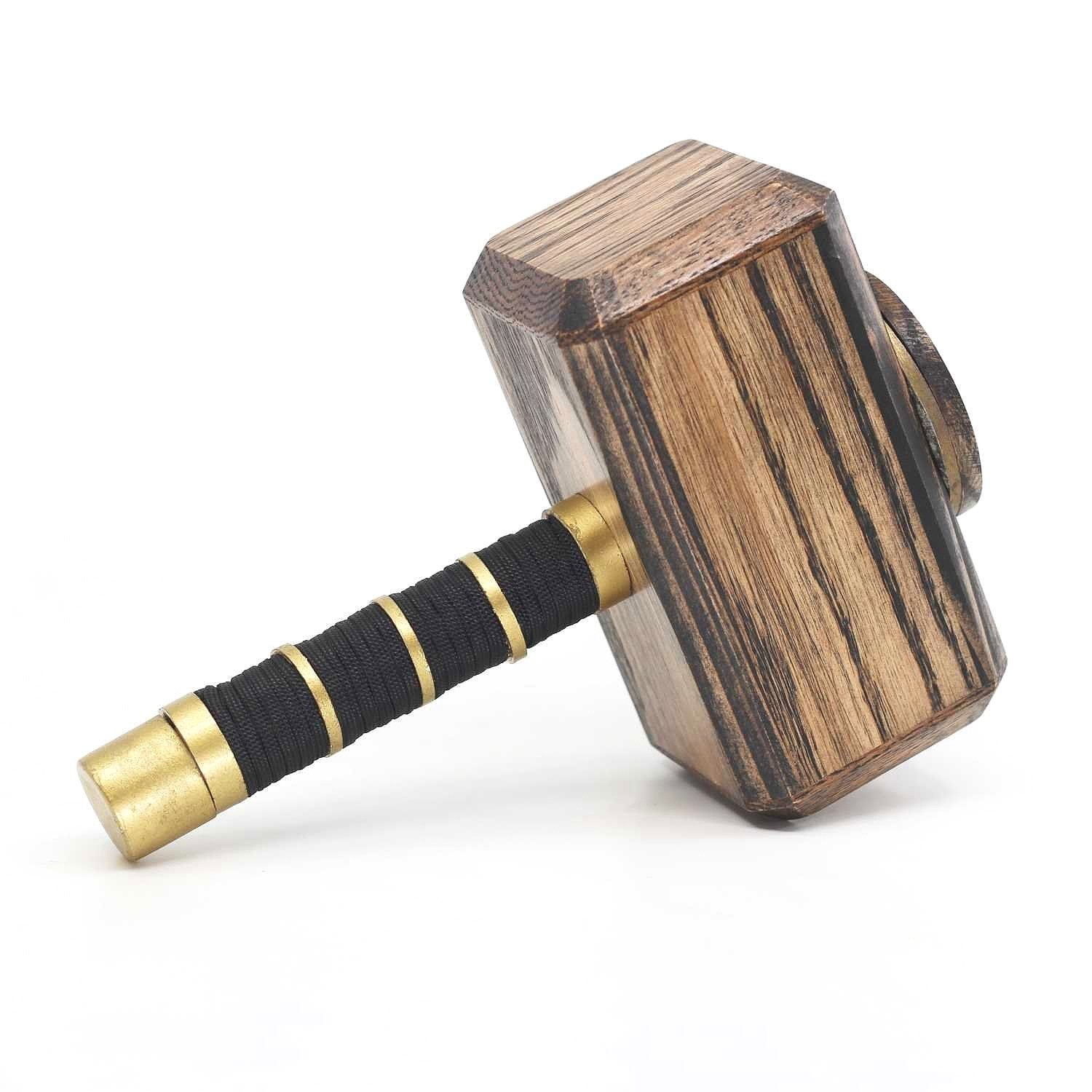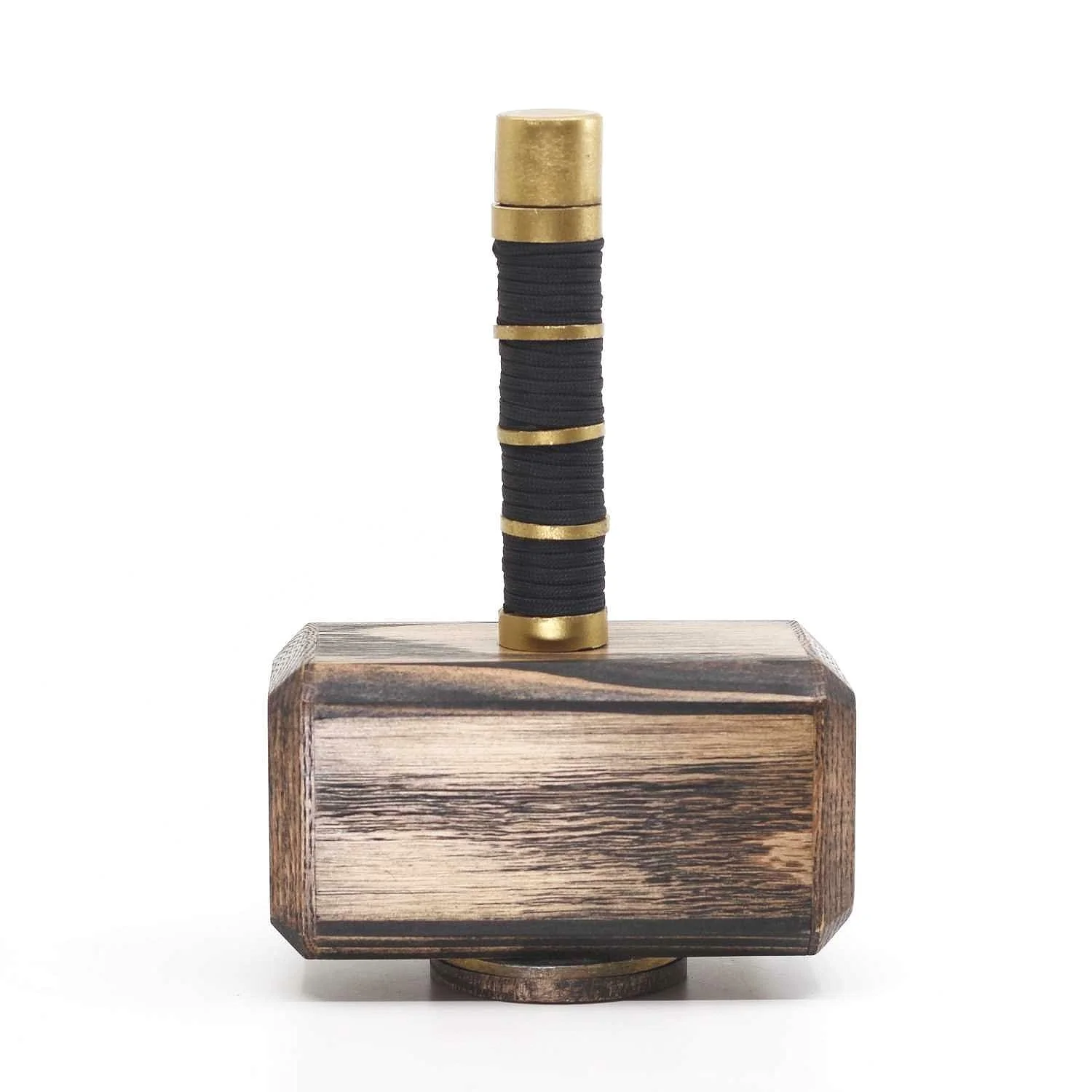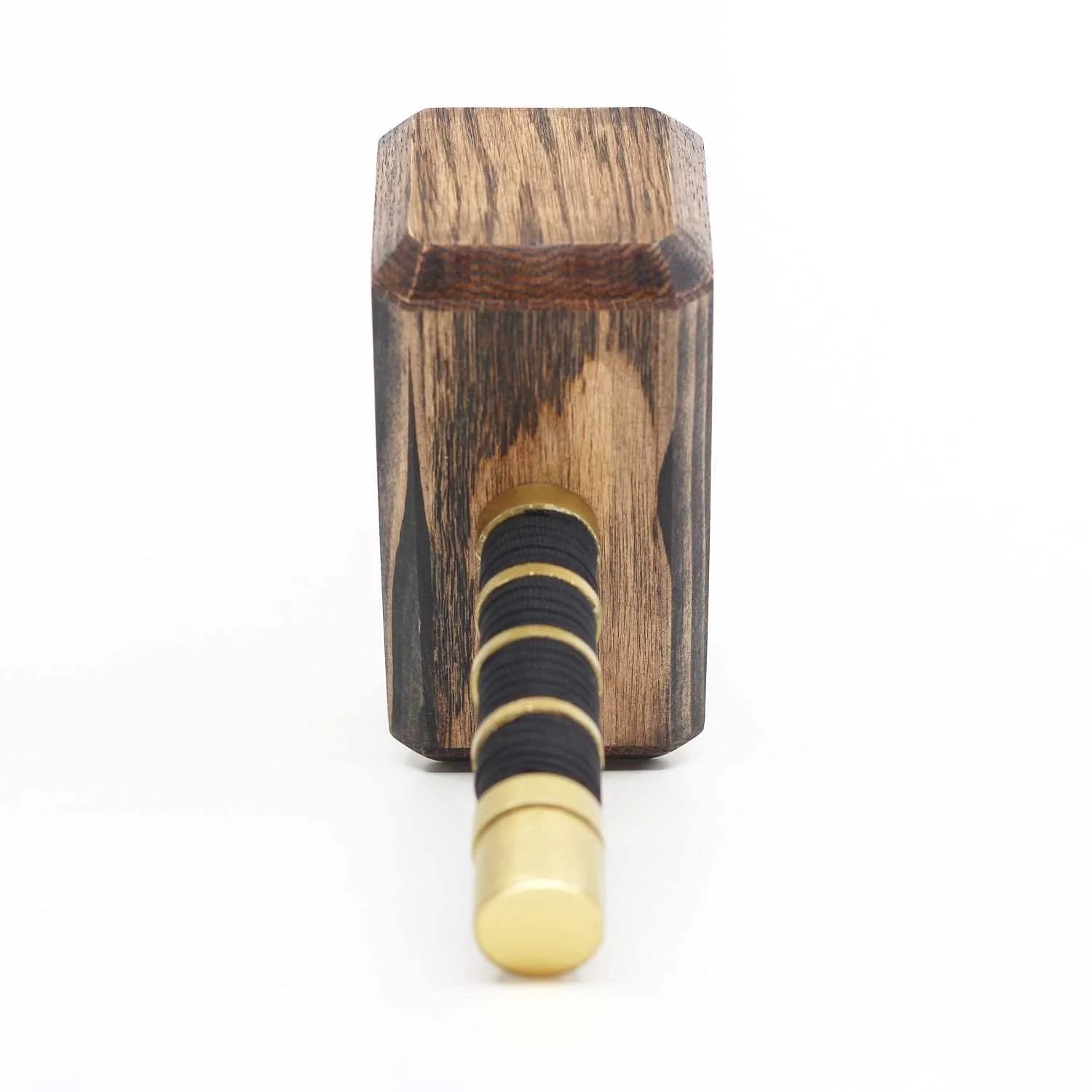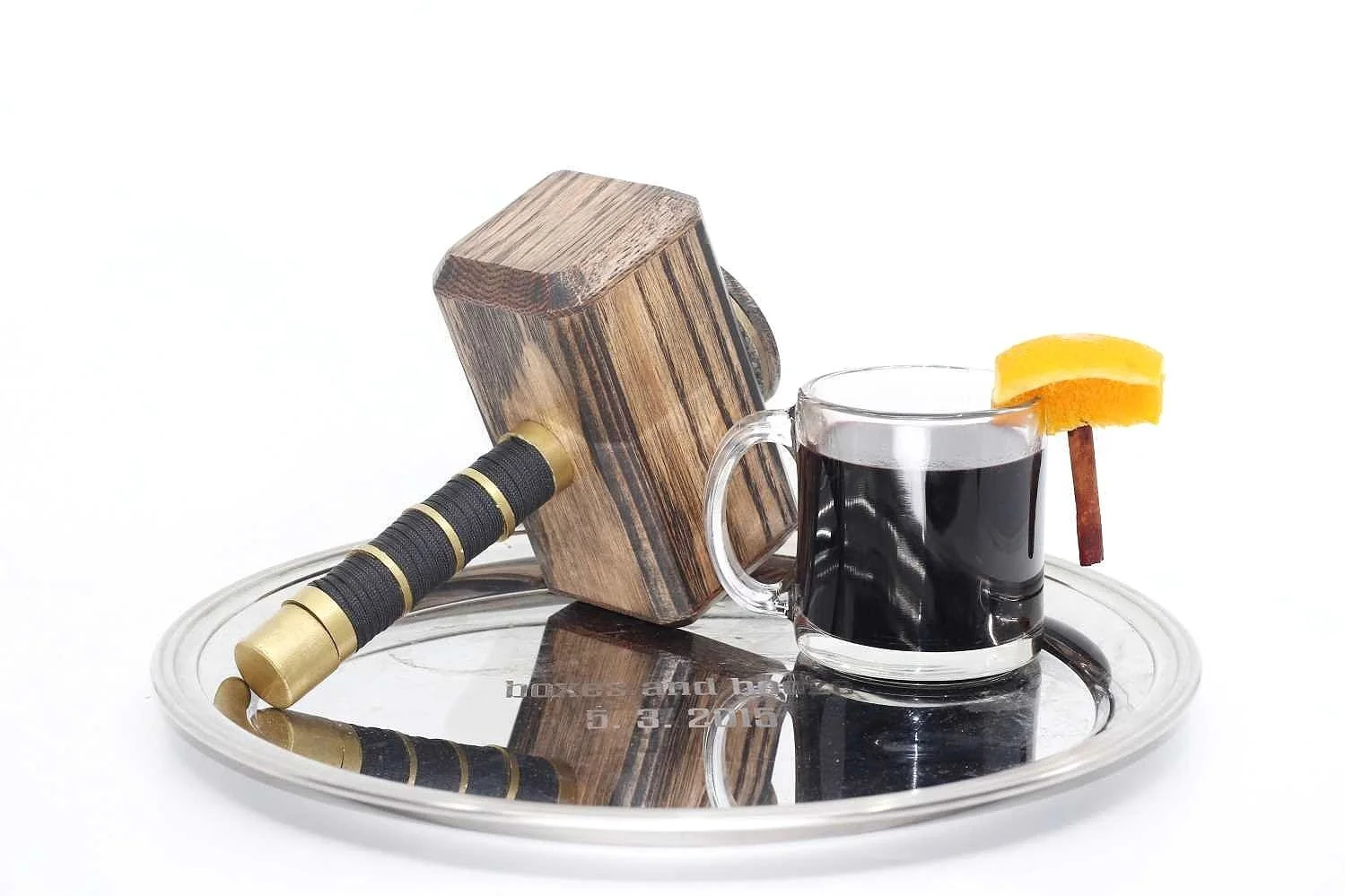Thor’s Hammer
Thunder and Lightening
The unwise man is awake all night, and ponders everything over; when morning comes he is weary in mind, and all is a burden as ever - The Hávamál
Thor’s Hammer by Tyler Williams
I love a good story. It should come as no surprise that I have always loved ancient tales with hidden meanings. As a boy I read Aesop’s Fables, the Tales of the Arabian Nights and the Greek mythologies, to name a few favorites. The old Norse myths are equally rich and rewarding, but I didn’t truly discover them until I read Neil Gaiman, who loves the central theme of the old gods in his work. His American Gods is a tour de force of modern myth making and highly recommended. Gaiman also edited a book of dedicated Norse Mythology, retelling seven classic tales in his own inimitable style – also highly recommended.
Mighty Mjölnir
On the cover of Gaiman’s book of Norse tales is Mjölnir, Thor’s mighty hammer. The Norse mythologies date back one thousand years, with origins for the tales discoverable even five hundred years before that as well. Mjölnir was forged by the master craftsmen dwarf brothers Brokkr and Eitri as the best of three objects produced for a challenge by Loki. It was a weapon fit for a god, a hammer that would never fail to strike as hard as required no matter the target, that would never miss if thrown and always return to the hand if desired. The only defect, according to the legend, was that the handle was a bit too short. Thor had big hands, you know.
All the doorways, before one enters, should be looked around, should be spied out; it can’t be known for certain where enemies are sitting in the hall ahead. - The Hávamál
Can you handle it?
Woodworker Tyler Williams of the Beard’s Woodshop Company had a stroke of genius when he thought it might be fun to recreate Thor’s famous hammer as a puzzle box. Tyler had been making a separate puzzle box that had been selling fairly well when the idea of turning it into a hammer came to mind. He discovered that it is not so easy to make a themed design work with the intended mechanism, but he succeeded. Thor’s Hammer quickly became a best seller and with it brought Tyler a lot of attention. He spun the idea off into more “Avenger” themed puzzle box ideas, some of which are in development and others already produced, such as El Capitan, a Captain America themed box. Tyler has made a few different production editions of the hammer, including this smaller scaled down sized limited run made from Black Limba wood. I think it fits the theme even better, since in the Norse myth Thor could shrink his hammer down small enough to put in his pocket, if he wanted. It also fits on the shelf quite nicely – the standard edition version is huge!
Never reproach another for his love: It happens often enough, That beauty ensnares with desire the wise, While the foolish remain unmoved - The Hávamál
Scandinavian Glögg
A toast to Mjölnir clearly requires something Scandinavian. It certainly needs aquavit, the essential Scandinavian spirit, but for this time of year there is nothing quite so delicious to put that in as glögg. Glögg (or gløgg if we are being properly Norse) is a ruby red mulled wine spiced with citrus, cinnamon, cardamom, ginger, allspice, and nutmeg. Swedish glögg is also accented and served with raisins and almonds.
Spiced wine has been around for millennia, with mention of it being drunk by the soldiers in the Iliad. And no wonder, since it is so delicious. From the ancient Eyptians to the Greeks and Romans, to Scandinavia in more modern times, “glödgat vin” (mulled wine) “originated” in Sweden in the 1600s and quickly spread throughout the region. This is all based on the written record, in recipe books, but it seems clear the tradition existed there well before. Many recipes exist and you may have your own tradition, but there is one instruction that remains true for all – make plenty. Skål!
Time to get hammered
Scandinavian Glögg by Emily Vikre
2 bottles medium bodied red wine (such as burgundy or pinot)
¾ oz sugar
1 whole orange
1 tbsp cracked cardamom seeds
1 tsp whole cloves
2 cinnamon sticks
2 inches fresh ginger sliced into ½ inch pieces
Aquavit or brandy
Heat the wine and seasonings in a pot until steaming hot (but do not allow to boil) then reduce heat to low and simmer for two hours. Serve in cups with raisins and almonds and spike with aquavit or brandy if desired. Garnish with a cinnamon stick and orange wedge Mjölnir.
The Hávamál (sayings of the High One) is part of the Poetic Edda, a 13th century manuscript of Norse poems, in which Odin provides a few words of wisdom.






